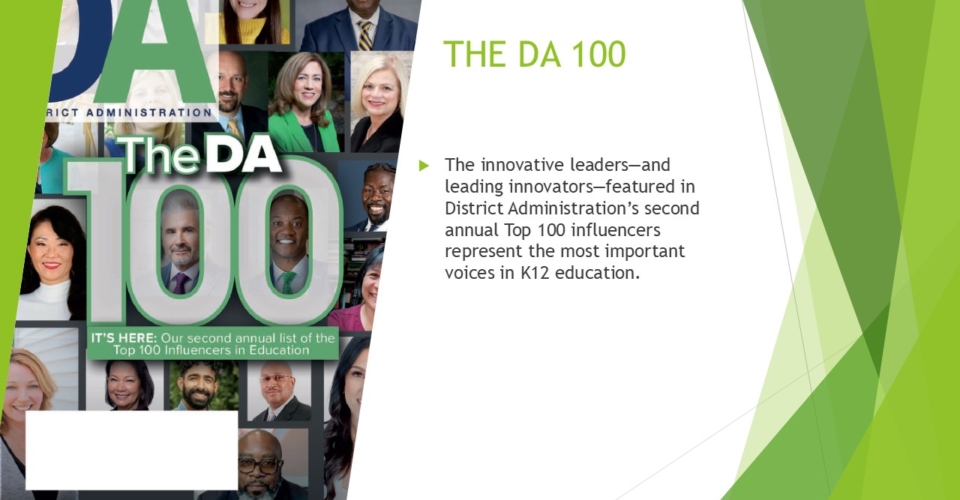Gender bias remains a roadblock to top administrative roles, according to a just-released survey of women leaders in state and district K12 administration.
One of the most eye-opening findings in Women Leading Ed’s latest National Insight Survey is that nearly nine in 10 women “feel pressure to dress, speak or behave a certain way because of being a woman in a senior leadership role.” The number is a slight increase from the 2024 edition of the poll.
Most female educators also say that, though they’ve made career sacrifices unmatched by their male counterparts, they’ve often been passed over for promotion. About two-thirds of women noted that their authority and professional judgment are questioned more frequently.
Department of Education: Latest developments show agency in crosshairs
“Women are running America’s schools,” says Julia Rafal-Baer, CEO of Women Leading Ed. “They’re making high-stakes decisions, driving results and shaping the future for tens of millions of students. Yet the data are clear: they are second-guessed more, scrutinized for their style instead of their strategy, and expected to ‘overcome’ being women—as if leadership itself isn’t proof enough.”
The survey found that female leaders are more often asked to take on extra and uncompensated tasks and gender continues to influence salary negotiations. The poll also found:
- Half of the respondents have never successfully negotiated their salaries.
- Just four in 10 respondents reported good or very good physical health in the last year. Ratings were slightly lower for mental health.
- 58% of all respondents and 63% of superintendents contemplate departing due to stress.
- Women education leaders pursue advanced credentials at notably high rates.
How more women leaders will advance
Eliminating bias requires systemic change as districts grapple with academic recovery, budget constraints and evolving workforce needs, the survey contends.
“We have a once-in-a-generation opportunity to upskill an entire workforce of women leaders,” Rafal-Baer attests. “Finance, operations, negotiation—these aren’t side skills. They are core to power.”
To enable more women leaders to advance, the reports asserts, there must be progress in five areas:
- Comprehensive mentorship, coaching and professional development would better prepare women for leadership roles.
- Fair hiring processes must follow best practices to eliminate bias.
- Family and well-being support would mitigate the disproportionate expectations placed on women as primary caregivers for children and elders.
- States and districts must publicize goals for leadership to increase employment transparency. This would ensure women have equal access to opportunities.
- Financial fairness. Women should be paid the same as men for the same work, and state and district organizations must commit to salary audits and transparent compensation structures.



